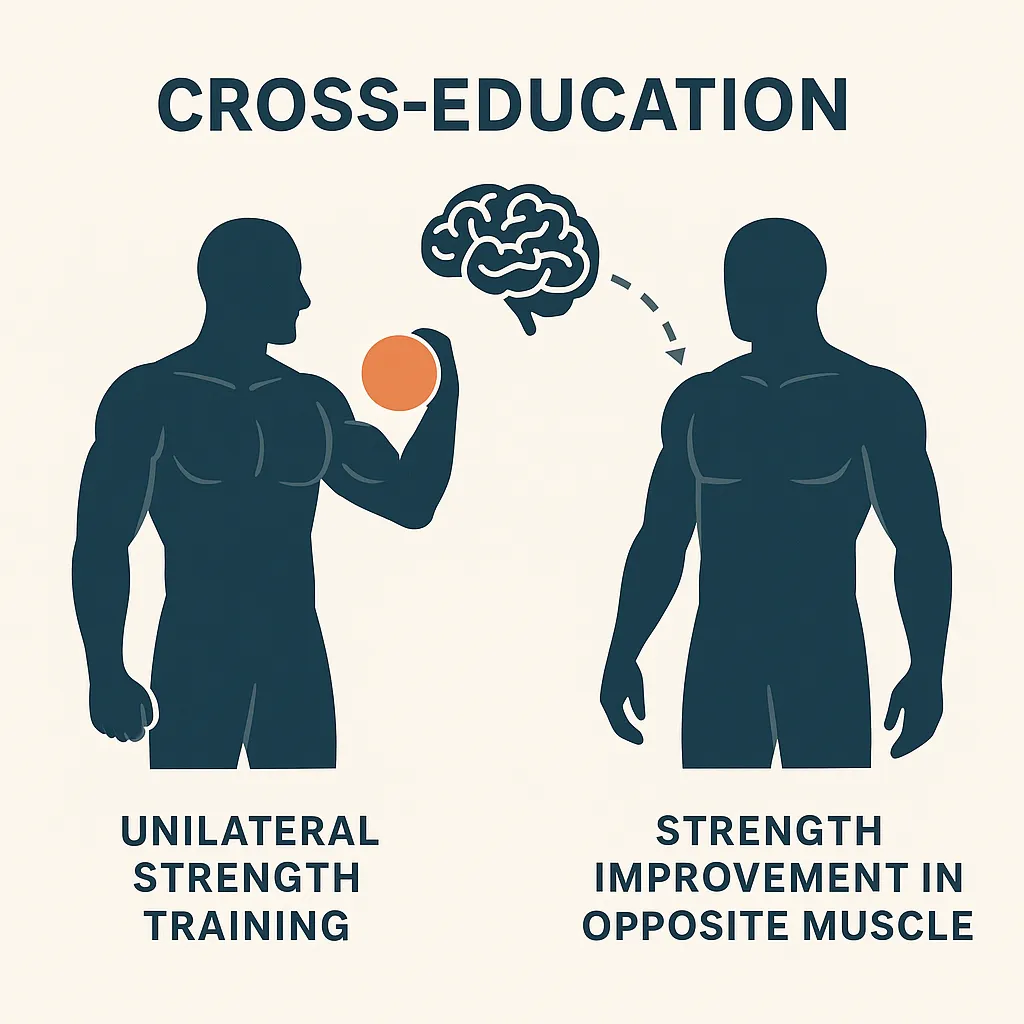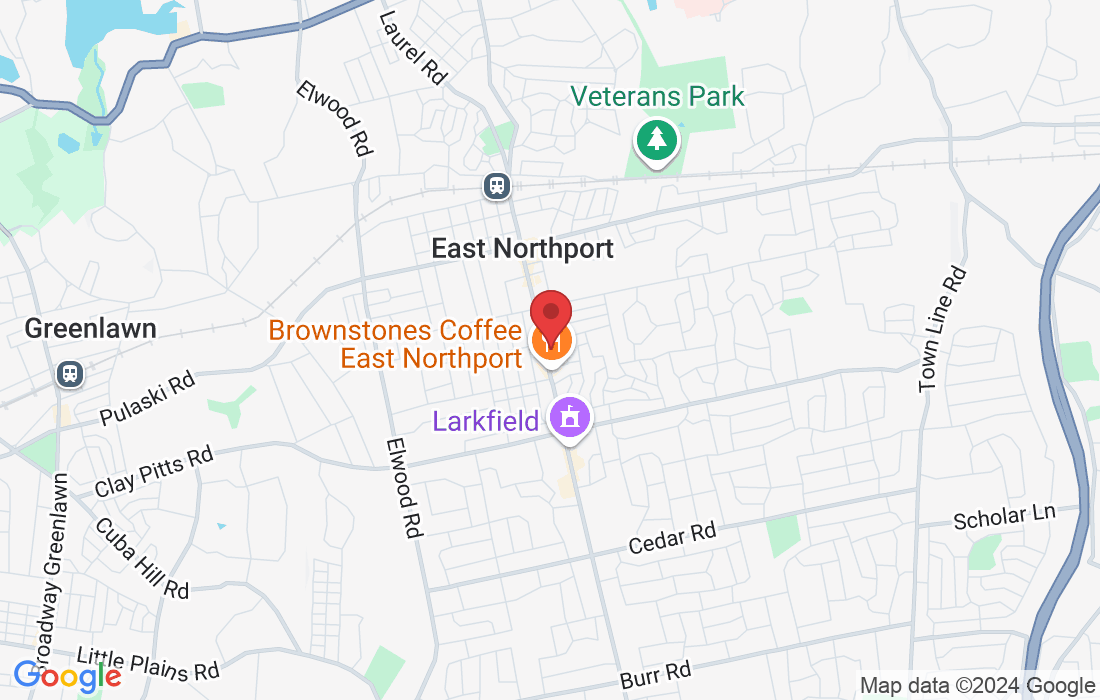
Cross-education
Let’s say you hurt your right arm, where you are immobilized for certain amount of time due to a surgery. Most people assume they have to stop training altogether.
But here’s a powerful concept you should know: Cross education
What is it?
Cross-education is a neurological phenomenon where training one limb can help maintain strength and coordination in the opposite (untrained) limb.
Yes—you read that right.
Training your left arm can help your right arm stay stronger while it recovers.
Why does this work?
When you train one side of the body, your brain is highly engaged. That neural activity doesn’t just stay on one side—it carries over to the other side via shared neural pathways in the motor cortex.
The result?
✅ Less strength loss
✅ Faster recovery post-injury
✅ Better return to performance once the injured side is ready
When can you use cross-education?
🩹 During injury rehab (e.g. post-op, sprains, fractures)
🏋️ When one side is immobilized or limited
🧠 To maintain athletic performance during downtime
🦵 In lower or upper body asymmetries
How Should You Train?
Most research shows minimal change in muscle size but noted improvements in muscles strength. To maximize the effect, we recommend following traditional strength training parameters:
✅ 3–4 sets of 6–8 reps per exercise
This targets the neural system—exactly what we want to stimulate in cross-education.
Use of machines for external stability may be beneficial since most movements will be unilateral. Make sure it is slow and controlled.
📊 Research Findings
Multiple studies support the effectiveness of cross-education:
Munn et al., 2004 (J Sports Sci):
Found that unilateral resistance training resulted in 7–11% strength increases, with some participants experiencing up to 18% improvement in the untrained limb.Carroll et al., 2006 (J Appl Physiol):
Concluded that neural adaptations, not muscle growth, drive strength gains in the untrained limb.Farthing & Zehr, 2014 (Eur J Appl Physiol):
Highlighted the value of cross-education in injury rehab and stroke recovery, reinforcing its practical use in clinical settings.
Bottom line:
If you’re injured, the worst thing you can do is stop training completely.
Cross-education is one of many tools we use to keep you progressing—even while you're healing. Speak with your healthcare provider for clearance before doing this!.



